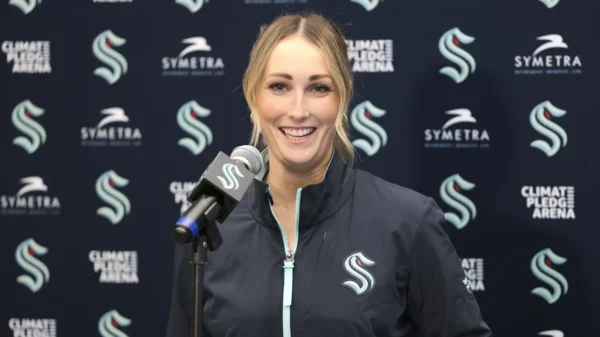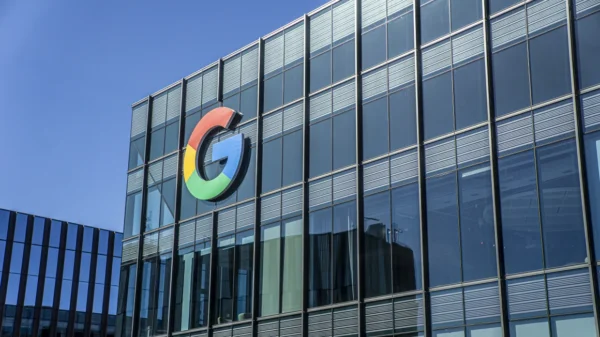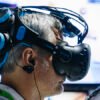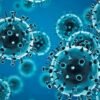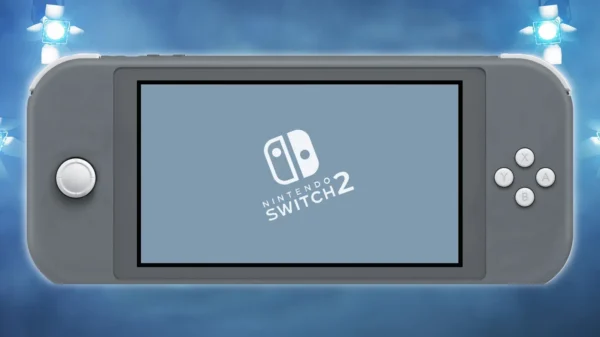The Eruption: A Close Look at the Event
On Wednesday, the serene landscape of the Reykjanes Peninsula in southwestern Iceland transformed dramatically with the eruption of a new volcano. This geological marvel occurred near Sundhnukagigar, north of the town of Grindavik. The eruption site, an area not unfamiliar with volcanic activity, quickly became the center of attention as authorities moved swiftly to evacuate Grindavik to ensure the safety of its residents.
Eyewitnesses described a breathtaking scene as fountains of red-hot lava shot high into the air, creating a spectacular display against the backdrop of a clear blue sky. These vivid, fiery jets were accompanied by a towering plume of white smoke, forming a stark contrast that captivated onlookers and highlighted the raw power of the eruption. The visual impact was matched by auditory phenomena; the roar of the volcano, combined with the crackling and hissing of the molten rock, created an unforgettable symphony of natural forces.
Geologically, the Reykjanes Peninsula is a hotspot for volcanic activity, situated atop the Mid-Atlantic Ridge where the Eurasian and North American tectonic plates diverge. This particular eruption was preceded by a series of minor earthquakes, a common precursor to volcanic events in the region. These seismic activities hinted at the impending eruption, providing geologists and local authorities with crucial data to anticipate and manage the event.
The eruption’s immediate impact on the surrounding area was significant. The town of Grindavik, located just a few kilometers from the eruption site, experienced a prompt evacuation. Roads were closed, and air travel was temporarily disrupted due to the ash cloud. The local flora and fauna, too, faced the brunt of the volcanic activity, with lava flows altering the landscape and creating new formations.
In essence, the eruption on the Reykjanes Peninsula was a stark reminder of nature’s unpredictable power. It offered a rare glimpse into the dynamic processes of our planet, leaving a profound impression on those who witnessed it firsthand.
Safety Measures and Community Response
In the wake of the recent volcano eruption on the Reykjanes Peninsula, local authorities acted with commendable urgency to safeguard the residents of Grindavik. The immediate response involved a well-coordinated evacuation, ensuring that all inhabitants were moved to safety with minimal delay. Emergency services, including police, fire departments, and healthcare providers, worked in unison to execute the evacuation plan effectively, showcasing exemplary crisis management skills.
The evacuation process was meticulously planned, leveraging previous drills and community preparedness programs. Authorities utilized multiple communication channels, including social media, local radio, and emergency alert systems, to disseminate information quickly and efficiently. This multi-faceted approach ensured that residents were well-informed and could evacuate in an orderly manner, minimizing panic and confusion.
However, the emergency response was not without its challenges. Navigating the rough terrain and unpredictable volcanic activity added layers of complexity to the operation. Additionally, ensuring the safety of the most vulnerable populations, such as the elderly and those with mobility issues, required specialized attention and resources. Despite these hurdles, the community’s resilience and the dedication of emergency personnel shone through, resulting in a successful evacuation.
The eruption has undeniably impacted the community of Grindavik, both physically and emotionally. Interviews with evacuees reveal a mix of anxiety and relief. Many residents expressed gratitude for the swift actions of local authorities, while also voicing concerns about the long-term implications of the volcanic activity. Local officials have been instrumental in providing continuous updates, reassuring the community, and facilitating access to essential services and temporary housing.
Experts on volcanic activity have been closely monitoring the situation, employing advanced technology to track seismic movements and predict potential future eruptions. This ongoing monitoring is crucial in formulating future safety precautions and ensuring the community remains informed and prepared. The coordination between scientists, local authorities, and the community exemplifies an integrated approach to managing natural disasters, emphasizing the importance of preparedness and proactive measures.






